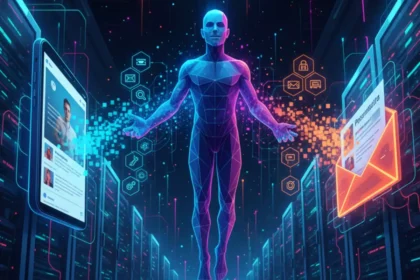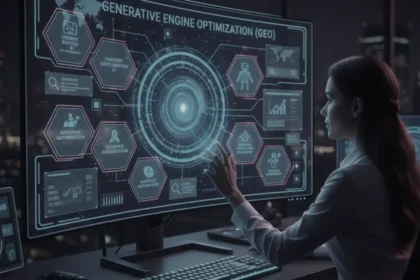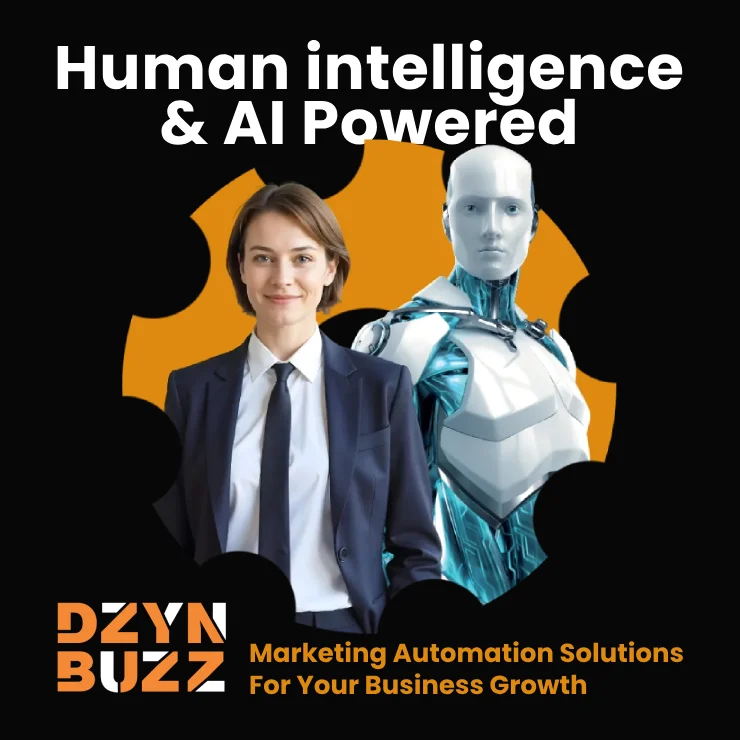The New Standard of Personalization
In 2025, personalization is no longer a competitive advantage, it’s a customer expectation. Audiences demand messages that feel relevant, timely, and unique to their journey. The challenge? Achieving this level of AI personalization in marketing at scale.
With AI, brands can now move beyond basic segmentation and deliver real-time, one-to-one personalization across email campaigns and advertising platforms. The result: higher engagement, improved conversions, and stronger customer loyalty.
What Is AI Personalization in Marketing?
AI personalization uses data, algorithms, and machine learning to customize content, offers, and experiences for individual users. Instead of showing the same email or ad to thousands of people, AI ensures each customer sees what’s most relevant to them, at the right time, on the right channel.
For how this fits into predictive models, revisit Predictive Analytics in Marketing
Benefits of AI Personalization at Scale
- Higher Engagement: Personalized subject lines, product suggestions, and CTAs increase open and click-through rates.
- Increased Conversions: Tailored offers drive more purchases.
- Customer Retention: Personalized experiences build loyalty.
- Efficiency: AI automates personalization, freeing up time for strategy.
- Consistency: Delivers a seamless journey across email, ads, and web.
How AI Personalization Works in Email Marketing
Dynamic Content Insertion
Emails adjust in real time based on user data: location, behavior, and preferences.
Predictive Send Times
AI determines the best time for each recipient to open emails.
Subject Line Optimization
Machine learning tests thousands of variations to maximize open rates.
Lifecycle Automation
From welcome series to re-engagement campaigns, AI ensures every stage of the customer journey is covered.
Example: A user who browses “running shoes” but doesn’t purchase gets an automated follow-up email with personalized discounts.
Related read: Workflow Automation for Small Businesses
How AI Personalization Works in Ads
Real-Time Creative Optimization
Ad copy, visuals, and CTAs adapt to user intent in milliseconds.
Behavioral Targeting
AI segments audiences not just by demographics, but by live behavior signals.
Lookalike Expansion
AI finds new customers similar to your top converters.
Cross-Channel Consistency
Ensures messaging is aligned across Facebook, Google, LinkedIn, and display ads.
Example: A prospect who views a webinar page but doesn’t register sees retargeting ads offering a free guide instead.
Case Studies: AI Personalization in Action
- Retail Brand: Personalized email recommendations increased revenue per recipient by 20%.
- B2B SaaS Company: AI-driven ads reduced acquisition costs by 25%.
- Travel Agency: Dynamic email content boosted booking conversions by 30%.
These real-world examples prove that AI personalization in marketing is not theory — it’s measurable ROI.
Tools for AI Personalization at Scale
- Email: Klaviyo AI, ActiveCampaign Predictive, Mailchimp AI.
- Ads: Google Ads AI, Meta Advantage+, Albert AI.
- Cross-Channel: HubSpot, Salesforce Einstein, GoHighLevel.
Want to explore broader toolsets? See Marketing Automation Tools That Save Time
Challenges of Personalization at Scale
- Data Privacy: Customers want relevance but demand transparency.
- Over-Personalization: Too much can feel creepy.
- Integration Issues: Email + ads + CRM must work seamlessly together.
- Content Volume: Personalization requires large creative variations.
For the balance between tech and human touch, read AI vs Human Creativity
The Future of AI Personalization in Marketing
Looking ahead, personalization will evolve into predictive and proactive experiences:
- Emails sent before customers even think of the need.
- Ads tailored to micro-intents in real time.
- Cross-device personalization (from mobile to in-store).
- AI-driven “experience engines” that orchestrate entire customer journeys.
This ties directly into The Future of AI-Driven SEO Beyond 2025
How to Get Started with AI Personalization
- Audit Current Campaigns: Identify where generic messaging is underperforming.
- Integrate Data Sources: Connect CRM, email, ads, and analytics.
- Start Simple: Begin with subject line optimization or dynamic product recommendations.
- Test & Optimize: A/B test AI-driven personalization vs static campaigns.
- Scale Gradually: Expand into predictive personalization and multi-channel.
Key Takeaways
- AI personalization in marketing enables one-to-one relevance at massive scale.
- Email and ad campaigns become smarter, faster, and more effective.
- Benefits include higher engagement, better conversions, and stronger retention.
- Challenges include privacy, integration, and content volume — but the ROI outweighs them.
Next Steps
If you want to scale personalization in your email and ads without overwhelming your team, DzynBuzz can help you implement the right AI personalization strategies for your business.













